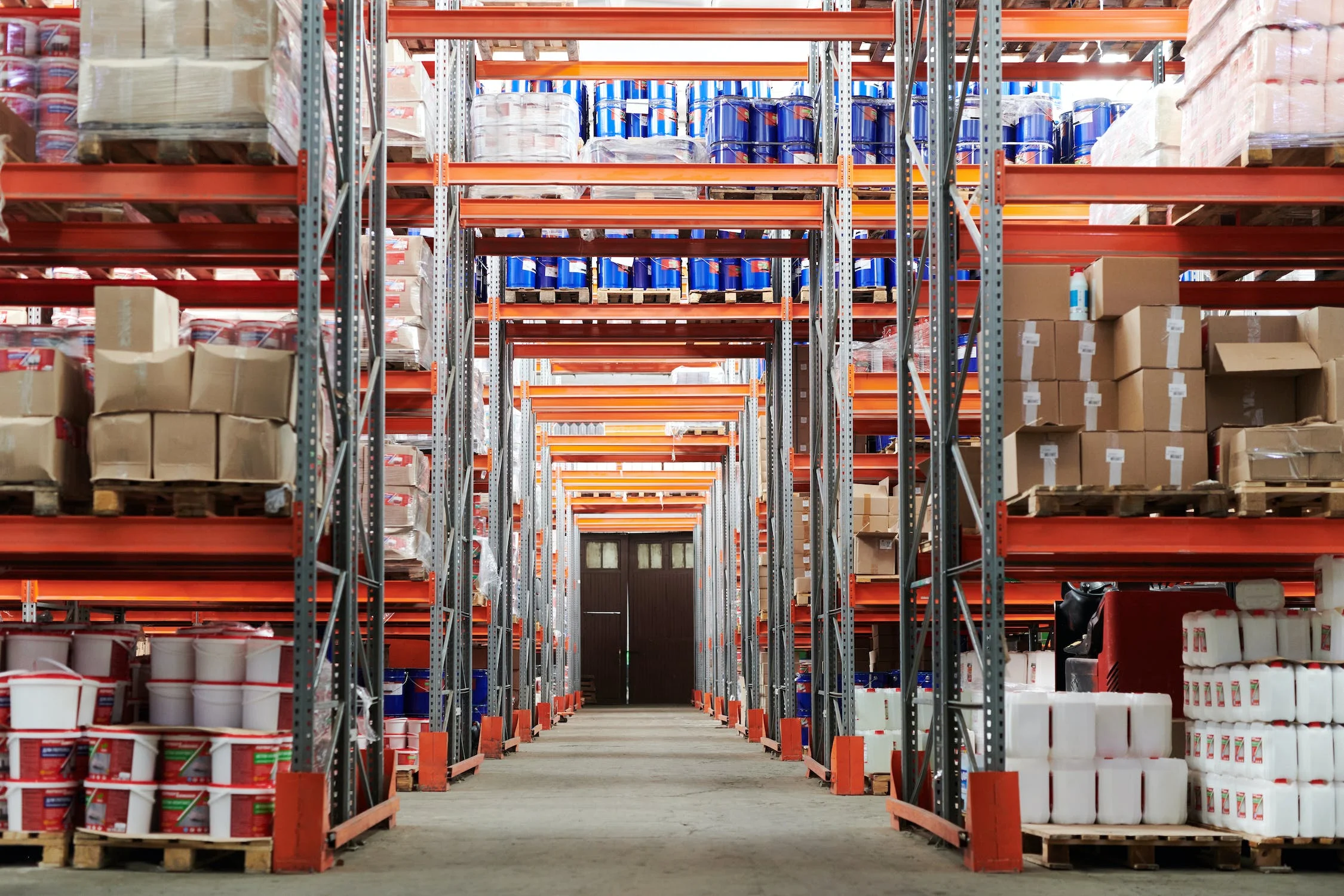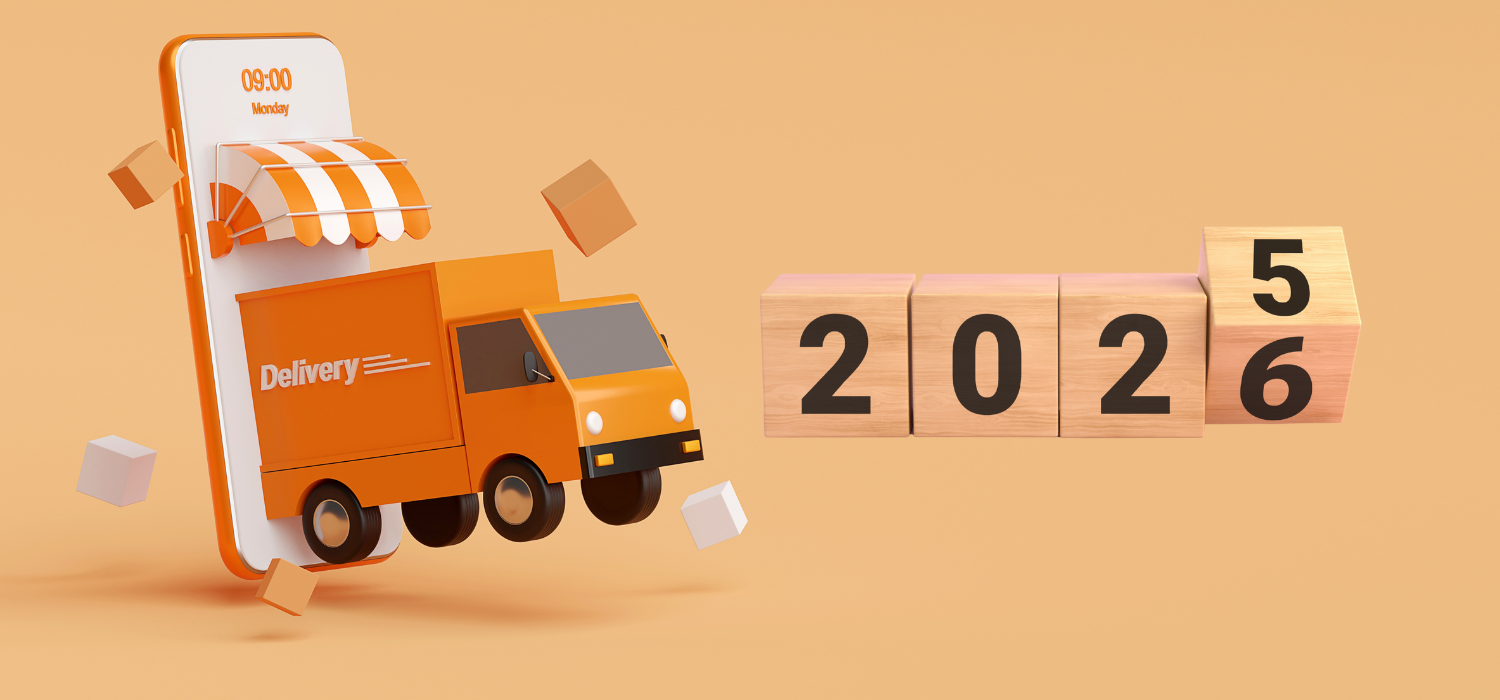With the growth of the eCommerce market, which will exceed EUR 45 billion in 2022, consumers’ expectations of speed and quality of service are also increasing and, consequently, all logistics must be rethought and optimised to meet the growing demands and increasing number of orders. To make this happen, warehouse management plays a key role.
Strategic positioning
Dark Stores and Urban Proximity Hubs are already spreading throughout the territory, getting closer to consumers to ensure faster and faster delivery times. A solution that also winks at environmental sustainability – another topic of great relevance for consumers – as reported by the research conducted by the Chalmers University of Technology in Gothenburg, Sweden, which shows that placing goods for online sales in proximity urban hubs allows significant savings in terms of pollutant emissions.
The decoupling of goods
Another strategy that is being implemented to optimise deliveries is the so-called ‘decoupling‘ which enables the placement of intermediate inventories of materials, components and finished products throughout the supply chain, providing greater stability and security to production and the supply of materials needed for production.
How goods handling, storage and picking change
But that is not all. In fact, warehouses are also being transformed internally by increasingly modern and efficient management systems. According to a study by the American company CBRE, companies, in order to respond to the increasing cost of space in warehouse logistics, are reviewing their layouts and the positioning of goods inside them, rethinking the flow of goods and their handling, as well as storage and picking methods. A transformation enabled first and foremost by technological evolution, which enables the introduction and exploitation of new automation solutions, such as robots and autonomous navigation systems within the warehouse. As of 2020, in fact, there has been a peak in demand for automatic goods classification and sorting systems. Tools, among other things, capable of speeding up the entire process while guaranteeing less fallibility. Suffice it to say that an automatic sorting system can handle between 3,000 and 20,000 items per hour.
Drones
Drones today represent a real possibility for warehouse management and also for the subsequent stages of the supply chain, including the delivery of goods. In fact, these tools can represent a breakthrough both in terms of inspection and control of the warehouse, as well as inventory, working alongside warehouse workers and making their work easier. Moreover, thanks to cameras and barcode identification systems, they could always reveal the exact location of articles, provided that they are integrated with a warehouse management system, the so-called WMS – Warehouse Management System – software capable of making the warehouse ‘smart’, or in other words ‘smart’. However, if UAV – Unmanned Aerial Vehicle – systems seem to you to be the ultimate in technological evolution, perhaps you have not yet heard of Augmented Reality and wearable systems for warehouse logistics management.
Augmented Reality and Wearable Systems
Wearable devices are in fact all those wearable devices equipped with sensors that monitor various variables and are thus able to assist operators at different stages of their work. For example, there are already visors that allow the warehouse worker to visualise his surroundings and determine the best way to stack goods on the shelves or in the delivery vehicles. Augmented reality applied to picking, for example, allows an article to be instantly located, optimising timing and performance. Solutions that can also be integrated into returns management.
In other words, optimising warehouse management is essential to guarantee a quality, fast and efficient service, and the tools that enable this today are increasingly innovative. The GEL Proximity software, for example, provides logistics operators and transporters with a variety of last-mile solutions, including the decoupling of goods to their last-mile delivery at thousands of Pick-up Points. In GEL Proximity’s urban hubs located throughout the country, last-mile shipments can be received, collected and sorted with the operational support of Partners. If you are interested in our service or need more information, contact us! We will be at your disposal to answer all your questions.













